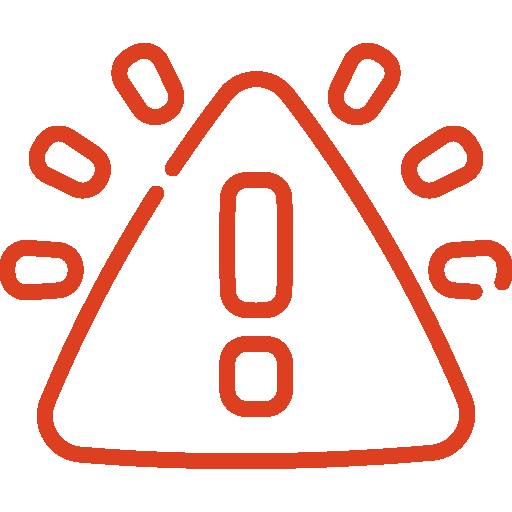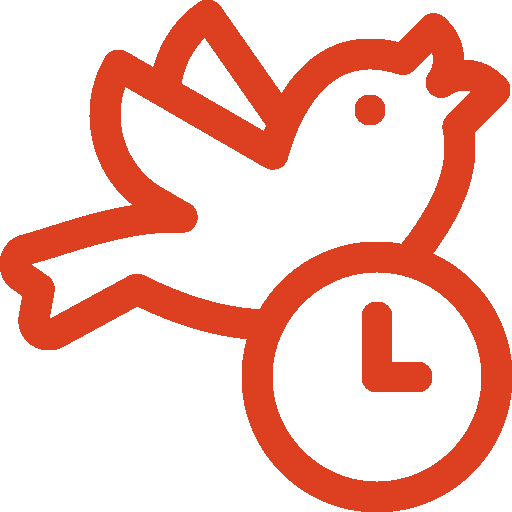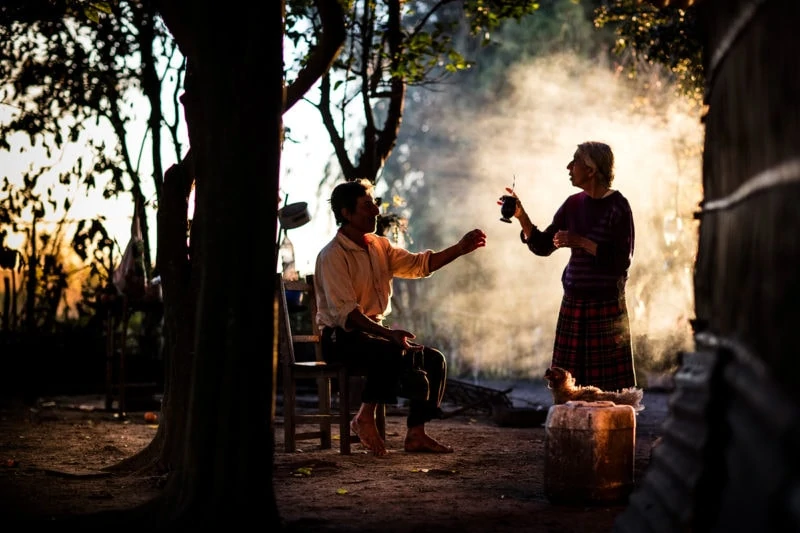

HIGHLAND VILLAGES
4x4 Cultural Expedition
NEXT GROUP DATE:
26 October to 1 November 2026
- INFO
- ITINERARY
- PRICE / INCLUDED
- BOOKING CONDITIONS
Discovering the Andean villages of the Argentine Northwest
-
GENRE
Portrait, Landscape, Documentary
-
BEST TRAVEL PERIOD
October to December / March to May
-
DIFFICULTY
Moderate (High altitude)
-
GROUP
Max 8
-
GENRE
Portrait, Landscape, Documentary
-
BEST TRAVEL PERIOD
October to December / March to May
-
DIFFICULTY
Moderate (High altitude)
-
GROUP
Max 8
Step back in time to small Andean villages where life remains deeply connected to nature and ancestral traditions. Here, the land is more than just a resource—it is sacred, to be respected, nurtured, and honored, as human life depends on its balance. The ancient Pachamama (Mother Earth) tradition, rooted in Incan culture, is still widely practiced, passed down through generations as a way of thinking and living.
In these remote corners of Argentina, people continue to work the land much as their ancestors did—cultivating beans, corn, and potatoes, raising sheep, goats, and llamas, and practicing traditional crafts. Women can often be seen spinning, weaving, and embroidering vibrant textiles, walking the cobblestone streets of their villages in beautifully adorned traditional clothing. All of this unfolds against a breathtaking backdrop of the towering Andes, at elevations between 3,000 and 3,500 meters above sea level.
During this unforgettable journey, we will explore the villages of San Francisco de Alfarcito, Santa Ana, and Caspalá, immersing ourselves in local life while capturing its essence through our lenses. Alongside an expert photographer, we will refine our skills in composition, lighting, and visual storytelling, photographing extraordinary landscapes such as Cianzo Valley, Hornocal, Abra del Zenta, and Salinas Grandes.
A rare opportunity to document a way of life that has withstood the test of time, set against some of the most stunning scenery in northern Argentina.

To book flights, please contact us before, we will help you coordinate schedules and transportation to get there. The nearest city is Jujuy.

Transportation to Jujuy is not included in the trip, and we will not be responsible for any delays or disruptions that are beyond our control. In any case, we will do what we can, given the circumstances, to help you.
Arrival at Jujuy airport and transfer to Tilcara/Maimará to leave our luggage at the designed lodging.
Afternoon visit and sunset in the town.
Night in Tilcara/Maimará.
After breakfast, we will head north, crossing most of the Quebrada de Humahuaca.
Visit to the historical center of Humahuaca.
Lunch in Hornaditas, where a family of the Diaguita community awaits us. We will spend some time with them learning about their history and work, and being able to take portraits in traditional dress in a natural environment and their house.
Sunset in Hornaditas and night in Tilcara/Maimará.
After breakfast, we will leave towards Hornocal (The Mountain of 14 colors), passing by the viewpoint.
From there we will take direction Cianzo, with the possibility (not certain) of approaching the house of one of the settlers of this beautiful valley, which explodes with colors.
Lunch on the way.
We will then continue through the Abra de Zenta mountain pass (4.595 masn), on the way to the high altitude village of Santa Ana.
An incredible place, where people still dress according to the tradition of the Andean people. Tour of the village and sunset.
Overnight in a family lodge in Santa Ana.
Breakfast and short trek to Qhapaq Ñan (Inca Trail) / Alternative (in case the path is not walkable or in case of rainy weather): photographs with the weavers of the village.
Lunch.
We will then continue our itinerary to another high mountain village: Caspalá.
On the way, we will continue photographing the beauty of the landscape of this remote area of Jujuy.
Once there, we will make documentation of the village and its inhabitants walking through its narrow streets. Night in a familiar lodging of Caspalá.
After breakfast, we will leave Caspalá and head towards Tilcara/Maimará.
We will pass through the Abra de Zenta again, this time possibly taking the turn around through Aparzo and Palca de Aparzo, to see the Hornocal from another point of view.
Lunch on the way.
Arrival in the late afternoon. Night in Tilcara/Maimará.
After breakfast, we will leave Tilcara/Maimará to visit the small puna town of Alfarcito.
Morning in the Salinas Grandes salt flat. After the salinas we will pass alongside de la Laguna de Guayatayoc and small villages in a semi-desert landscape.
Lunch and afternoon in Alfarcito, where we will have the possibility to document the local handicraft work (weaving).
Overnight in a family lodge in Alfarcito.
Breakfast.
Transfer to the corrals to photograph shearing work with local people (according to availability, if not possible we will do other activities in the village).
Snack lunch with local family.
Then we will leave Alfarcito to return to the Quebrada, heading to Jujuy airport.
We will say goodbye until the next adventure!
IMPORTANT
The itinerary published on this page and on our PDFs/brochures is indicative. The guide reserves the right to make changes without prior notice, which may depend on various factors/events such as weather, geography, protests, medical emergencies, etc.
Changes are aimed at ensuring the safety of travelers and the success of the trip, always trying to maintain the proposed activities.
Due to the altitude in the highland villages (between 3.000 and 3.500 metres) there is a lower diffusion of oxygen.
Price (based on 6 participants):
1.790 USD (Double Occupancy)
Single Supplement available for 190 USD extra.
The difference between single and double applies only for the hotel in Tilcara. In the highland villages, we sleep in single or double rooms (depending on availability).
What's included?
- Local Driver Guide & Photographer
- 4x4 Transportation, Fuel
- Small Group Size
- Analysis of the Work Done
- Accommodation for 6 Nights
- All Excursions and Photography Activities
- All Breakfasts
- Airport / Hotel Pick-Up and Drop-Off
What's not!
- Transport from your origin point to Jujuy
- Other meals (only breakfasts included)
- Travel & Medical Insurance (optional, but recommended)
- Personal Expenses
- Tips
Bookings
To book a workshop we ask for 30% deposit of the total.
The workshop balance must be paid 45 days before the start date. You can also pay in cash (USD or euros) upon arrival.
Cancellations & Refunds
For a workshop cancellation, a written notice is required. Please email your request to info@argentinaphotoworkshops.com.
We acknowledge the commitment involved in attending our workshops and strive to accommodate unforeseen circumstances.
Please review our Cancellation Policy below:
• Cancellation made more than 181 days before the workshop start date: 20% refund of any payments made.
• Cancellation made less than 180 days before the workshop start date: No refund of any payments made.
Please note the following:
• In the event that you are unable to attend, your paid balance will be credited for 1 year (from the date of the cancelled trip) as part of the payment of a workshop of your choice.
If the amount was paid in Argentine pesos, the equivalent in US dollars will be credited subject to the exchange rate on the day the trip was cancelled.
In case the workshop is cancelled by Argentina Photo Workshops due to reasons of force majeure:
• There will be a complete refund of the amount deposited.

5% EARLY BIRD DISCOUNT
Applies for bookings made more than 8 months in advance of the start date.
RECOMMENDED EQUIPMENT
Check out our guide on “How to Prepare for a Photography Workshop”, as well as information on equipment and FAQs below.
Near the date of the workshop, we will be in touch through a WhatsApp group, an ideal space to answer all kinds of questions before the trip and organize every detail. If necessary (upon request) we will also arrange a group video call via Google Meet for this purpose.
Although you can participate with any type of photographic device, we recommend a reflex or mirrorless camera, which allow much more freedom and creativity.
Considering the wide variety of photographic situations this workshop presents, it is advisable to have available focal lengths ranging from wide-angle (shorter distances) to telephoto (longer distances).
For Portraits, we recommend a lens ranging from 70mm to 200mm. The 85mm is usually regarded as one of the best lenses dedicated to portraiture.
For Landscape Photography, we suggest a wide focal lenght: ideally around 15 – 50 mm. You can also get a good landscape with a longer focal length by using a stable tripod.
For night photos (Astrophotography) the shorter the focal length, the better. This makes it possible to include more elements in the frame.
For terrestrial wildlife, a 300mm or longer telephoto lens is the best choice.
Consider also buying a tele converter to increase the focal length of the lens: 1.4x or 2x. Even if with loss of luminosity.
Finally, choosing the right set of lenses is not easy. If you encounter difficulties and need some suggestions do not hesitate to contact us.
Many of the areas we visit are remote, and it is possible to fly the drone, always maintaining proper precautions and at a distance from agglomerations of people, airports, and helicopter landing strips.
The most important feature of a tripod is its stability. Since every journey includes some trekking, we must also take into account the weight.
We suggest a good carbon tripod that maintains a good balance between weight and stability, that can easily change from one height to another and that locks in little space.
Aluminum is also fine, as carbon is generally much more expensive. We know that choosing a tripod is not easy and we are available to help you choose the right model for you.
A Polarizing filter will be very useful to neutralize water reflections in the lagoons.
For those who love Landscape Photography, ND filters with 6 or 8 steps will be also very useful to play with the movement of water and clouds.
It is recommended to carry UV or Skylight filters, useful to protect the lenses from Ultraviolet rays (even more important in these altitudes), dust and splashes.
Finding the right photo backpack can be a difficult challenge. We recommend you to rely on a brand with quality and experience in the market.
The type of backpack clearly depends on your equipment. But what really matters is that you feel comfortable with it and possibly fitted with a rain cover.
You can’t miss in your backpack: a cleaning kit for the lenses, a remote control to shoot without touching the camera, hood for the lenses (to avoid flare) and a robust / comfortable camera strap.
It is also important to take spare batteries and memory cards with you. In this workshop, we won’t have a chance to recharge our batteries every day.
For those interested in POST-PRODUCTION we suggest bringing your laptop with some editing software already installed. The Lead Photographer, at the end of the day, will answer your questions.
FREQUENTLY ASKED QUESTIONS
Of course, accompanying non-photographers are welcome. The price is the same.
Usually in a Photo Tour the Leading Photographers accompany to locations only, while in a Workshop you are also expected to receive technical notions to improve your photography. Both options, often confusing, are good. It depends on what one is looking for. Our activities are developed in both modes, depending on the trip.
The most characteristic fauna includes vicuñas, guanacos and llamas.
The most common bird species are the suri (small rhea), the Andean condor and the flamingo.
There is also a great diversity of lizards.
Even if difficult to spot, the taruca (Hippocamelus antisensis), is a mid sized deer species that inhabits the area.
We recommend bring light and heavy clothing, as well as a waterproof or windbreaker jacket.
Hat, neck cover, and sunglasses.
Sturdy, comfortable footwear (possibly more than one pair).
Comfortable and robust backpack to carry your gear and protect it from dust, water and bumps.
Sunscreen.
The round trip between your starting point and Jujuy is not included in the price.
However, we can coordinate it.
These activities require a lot of organization and are prepared well in advance. Weather is a factor we can’t predict, so the workshop/photo tour is not cancelled.
In any case, we will always be attentive to weather conditions to optimize the program and try to provide the best light conditions for photography.
Get more information about the Photo Tour, such as the cost of the next group workshop or a quote for a private adventure, just for you / your group.
GET MORE INFO
Join this Adventure!
RELATED ARTICLES
Interview with Red Bull Photographer Gustavo Cherro
In this interview we will get to know a member of...
Read More
